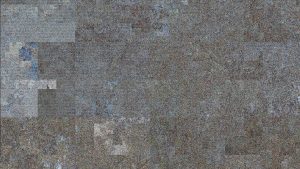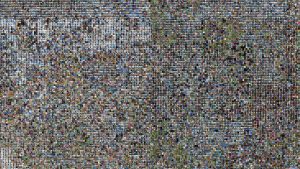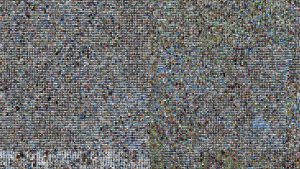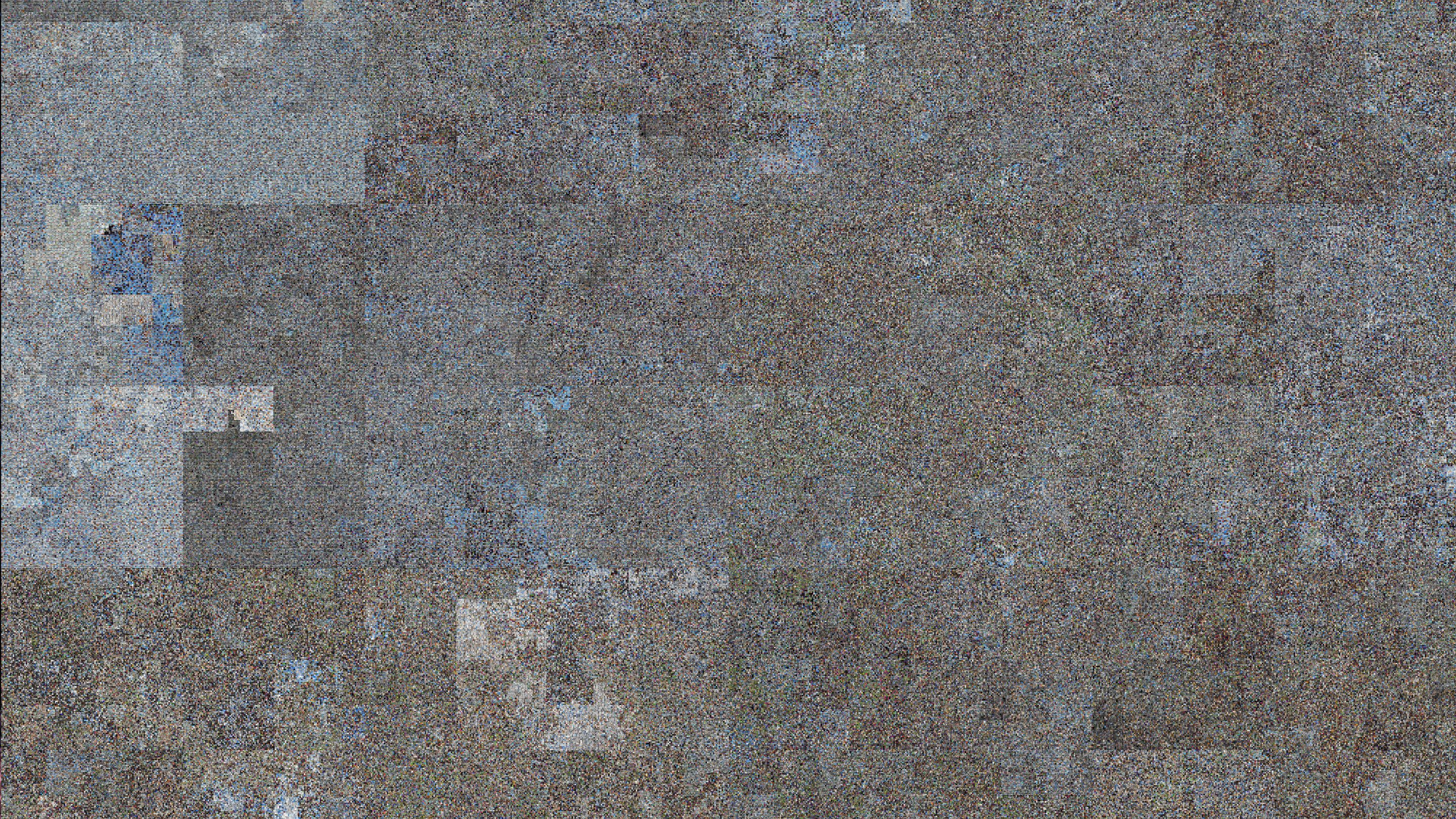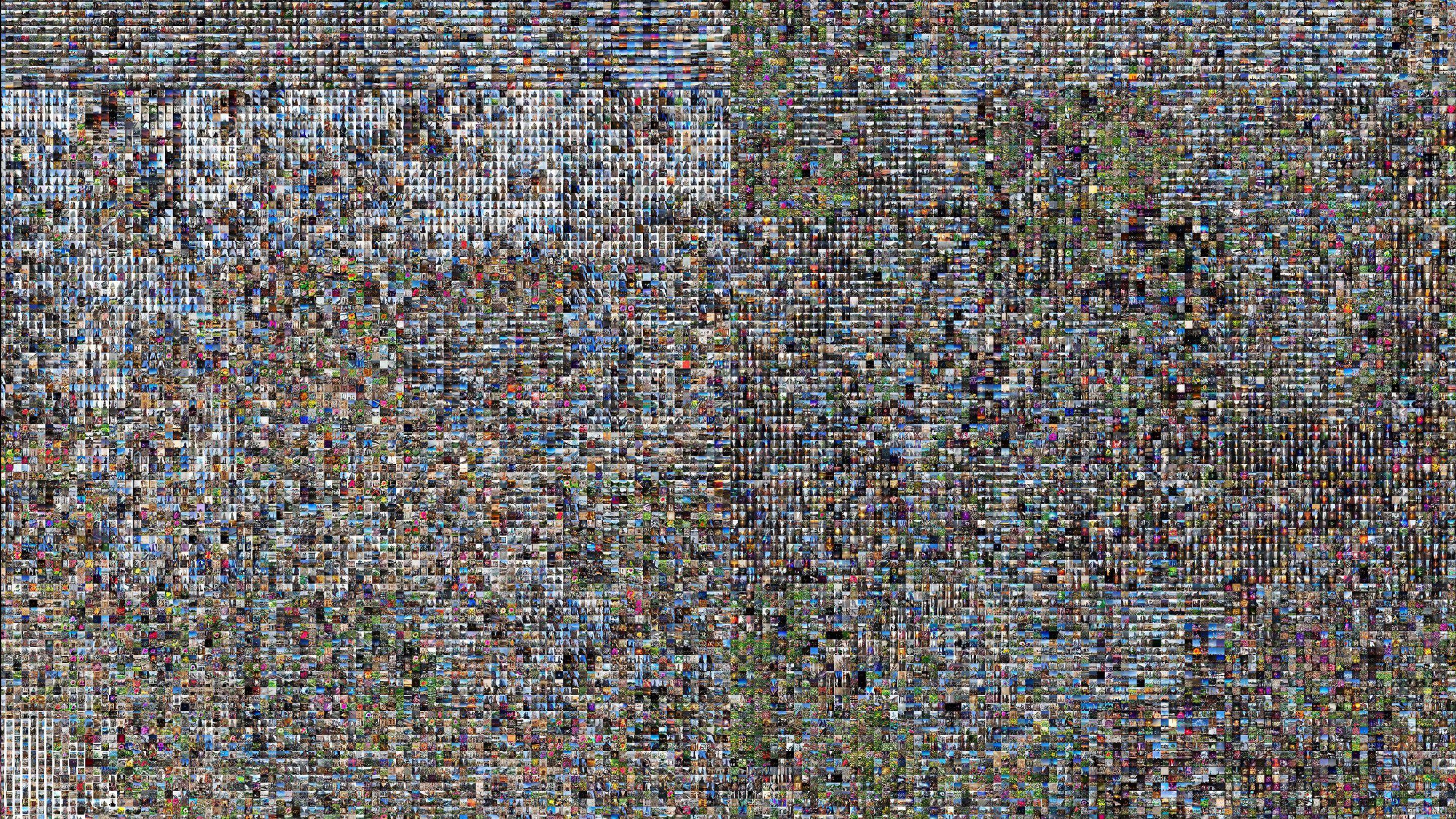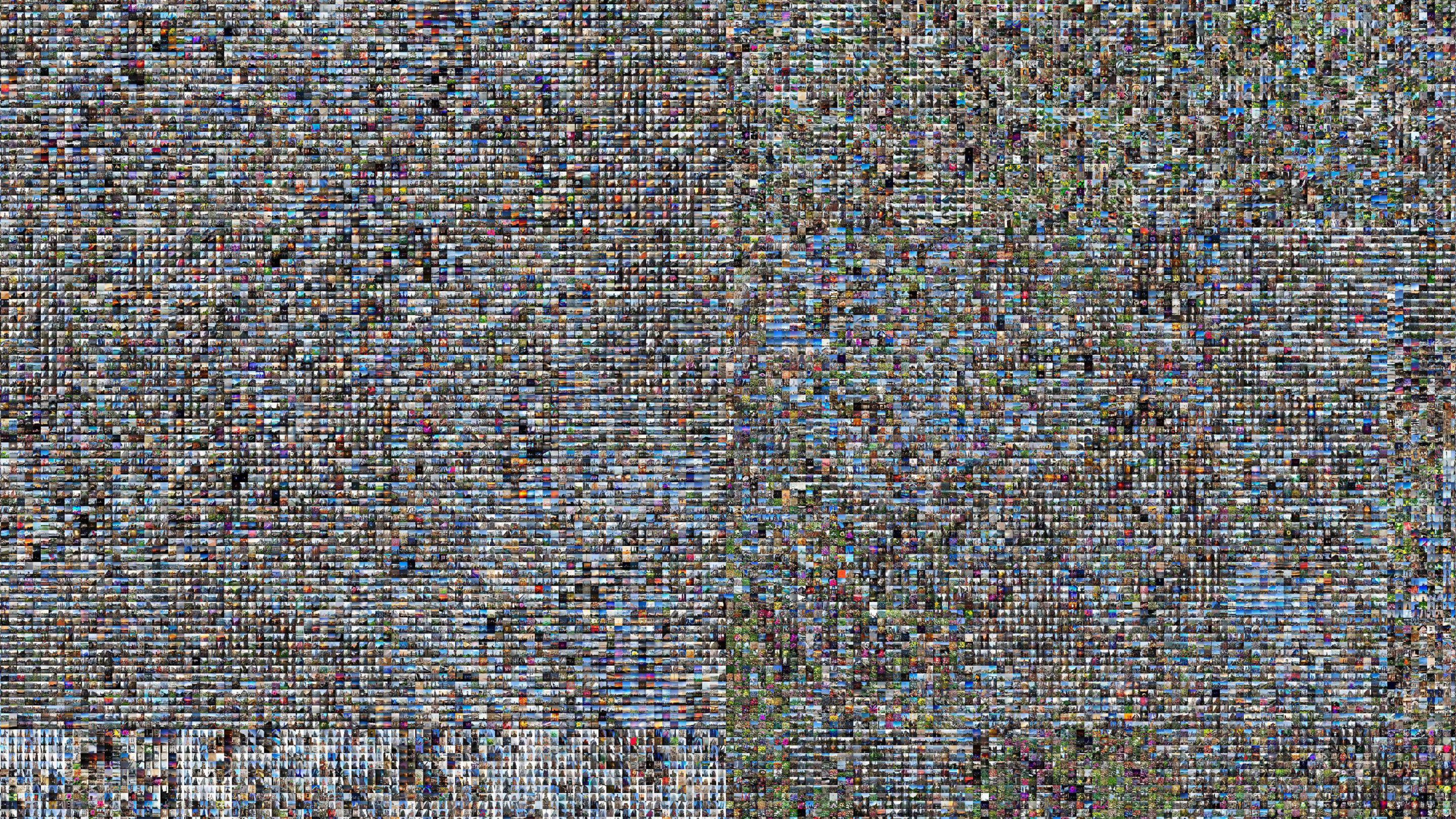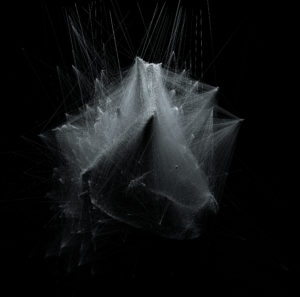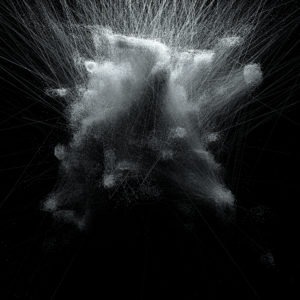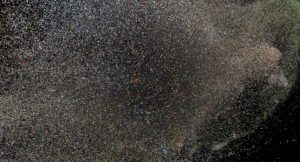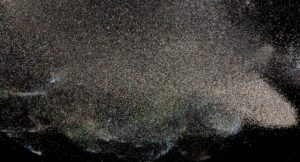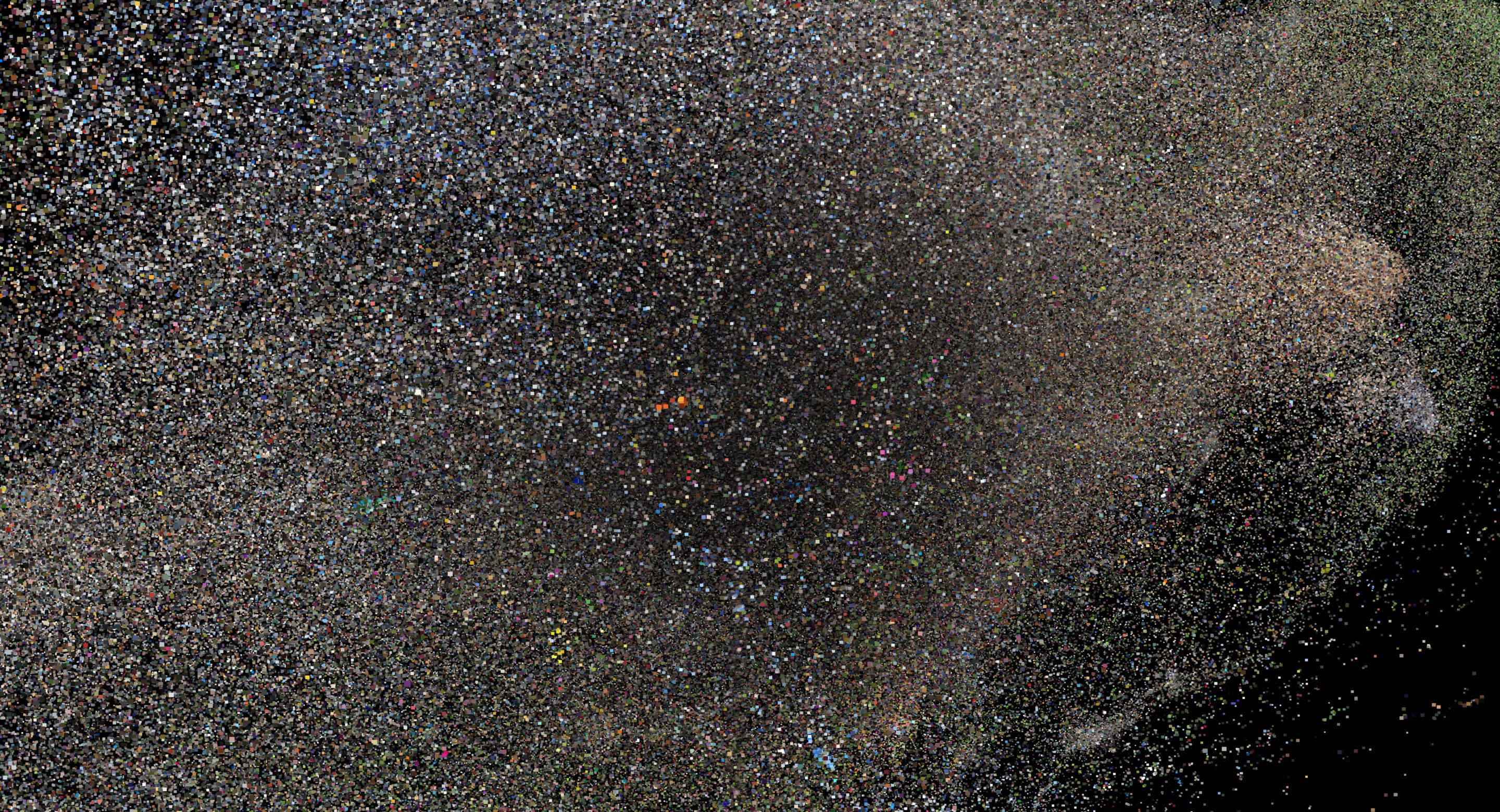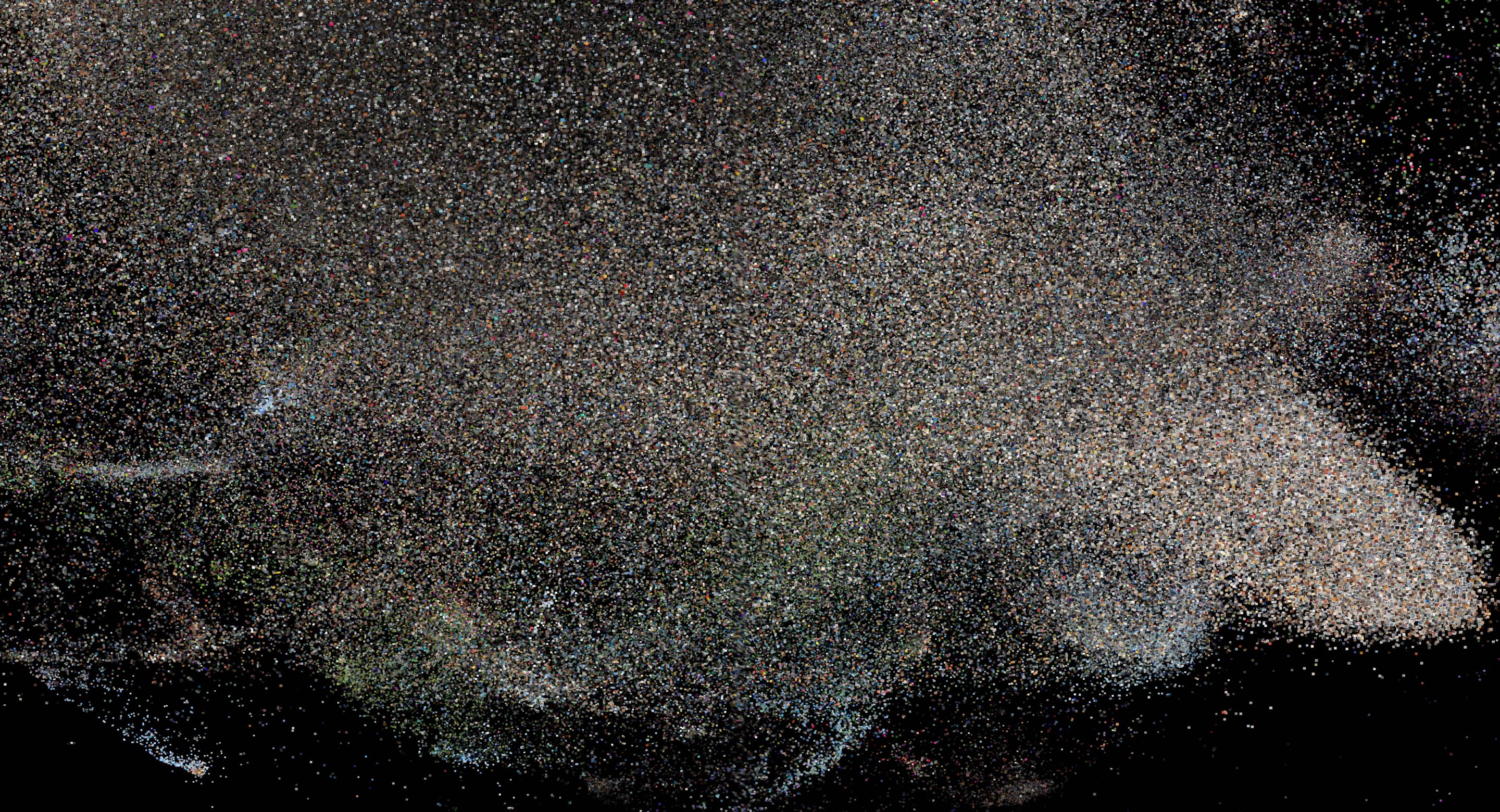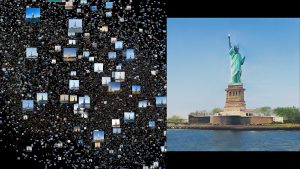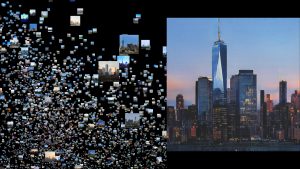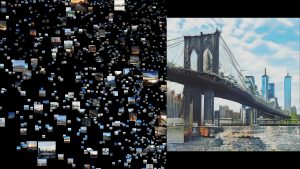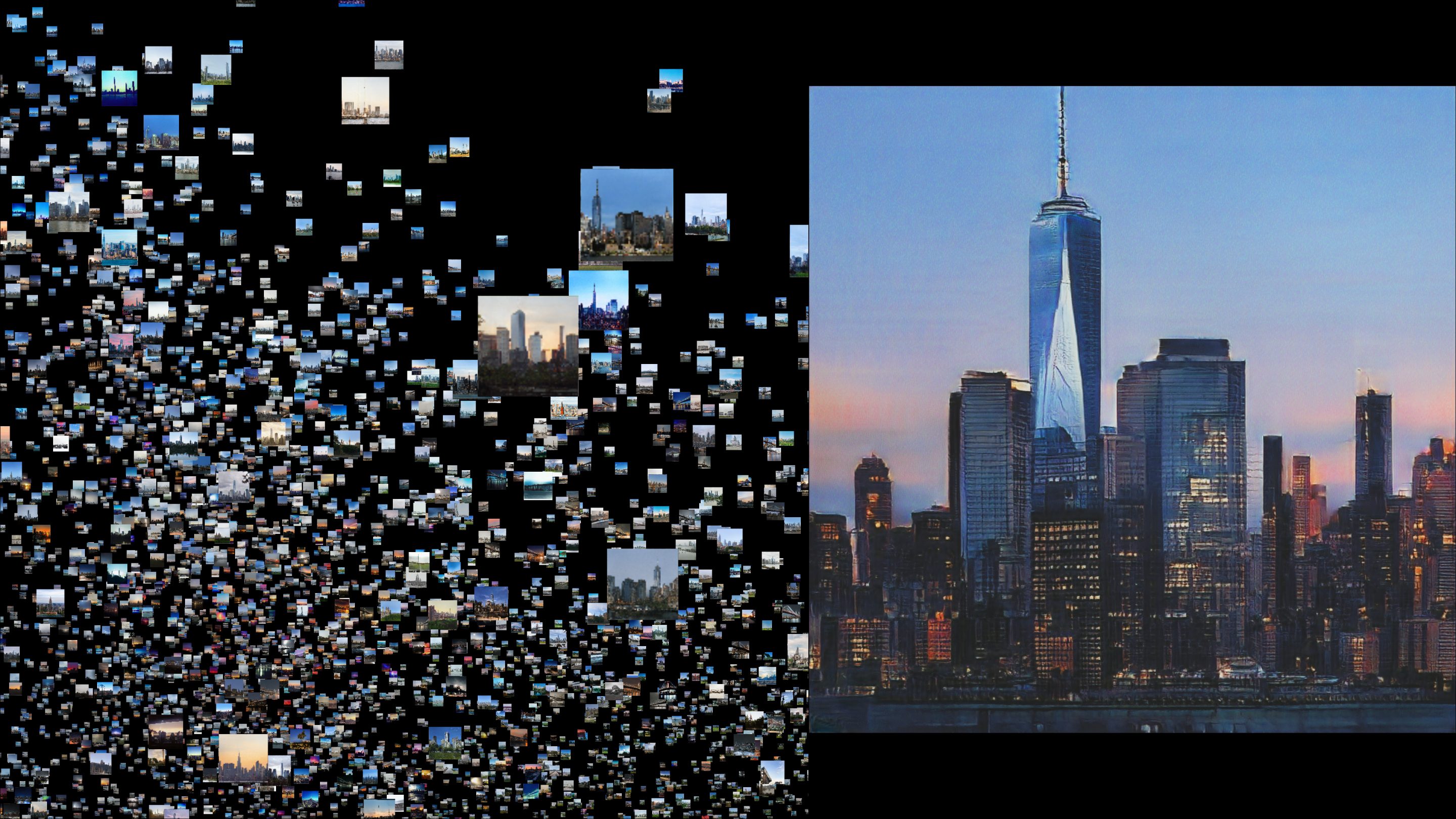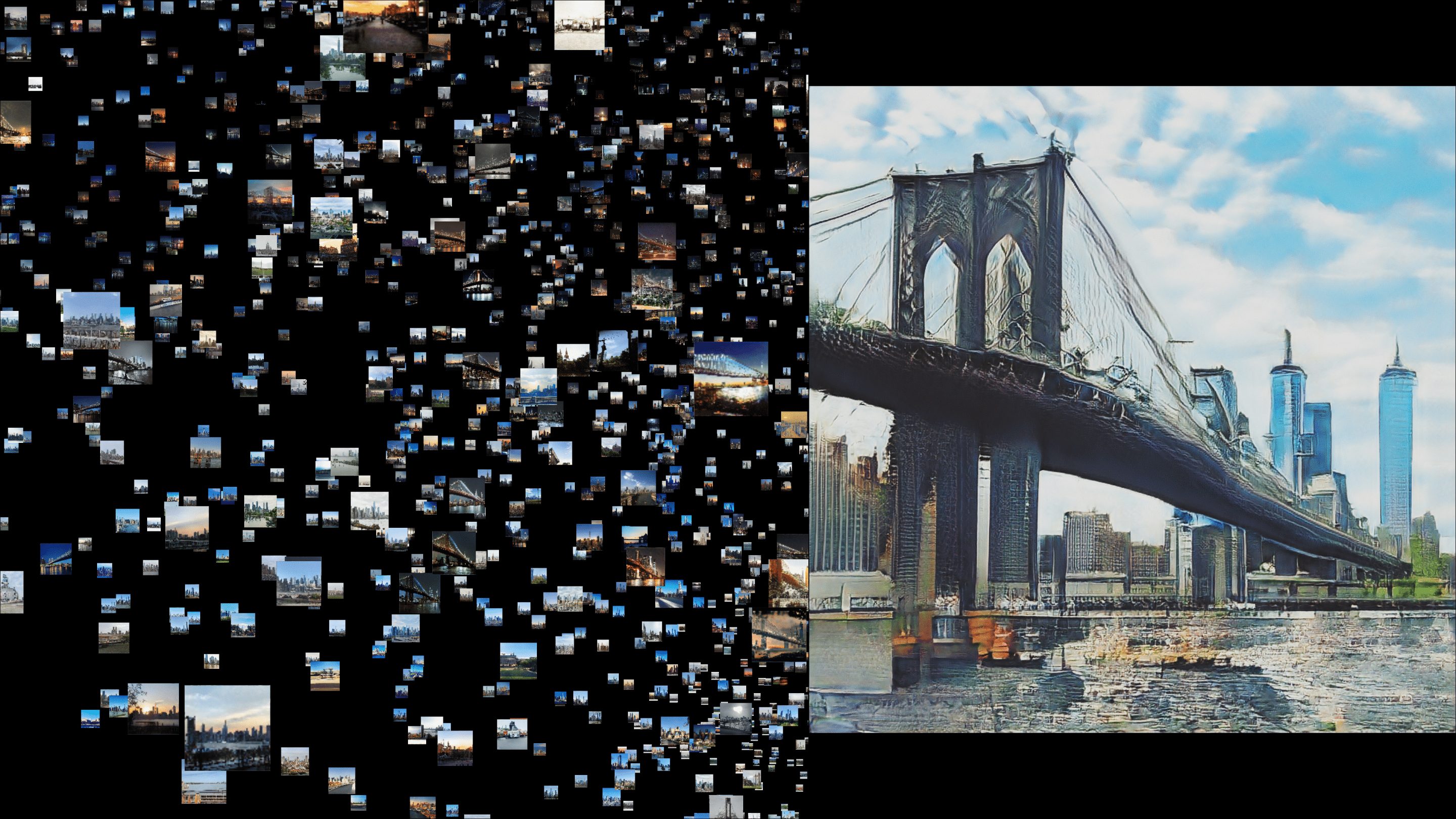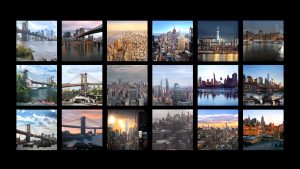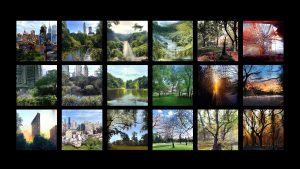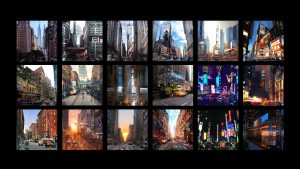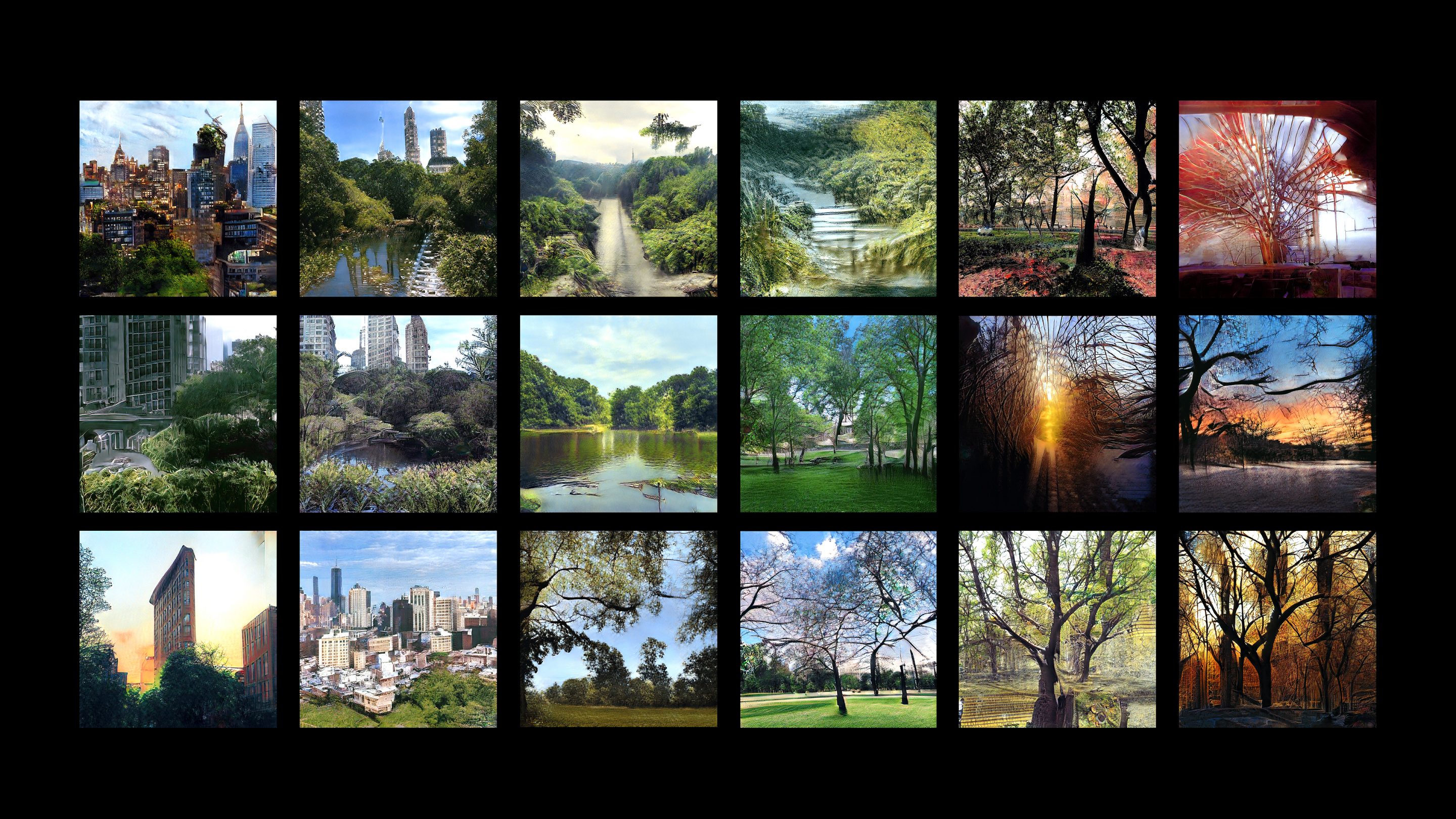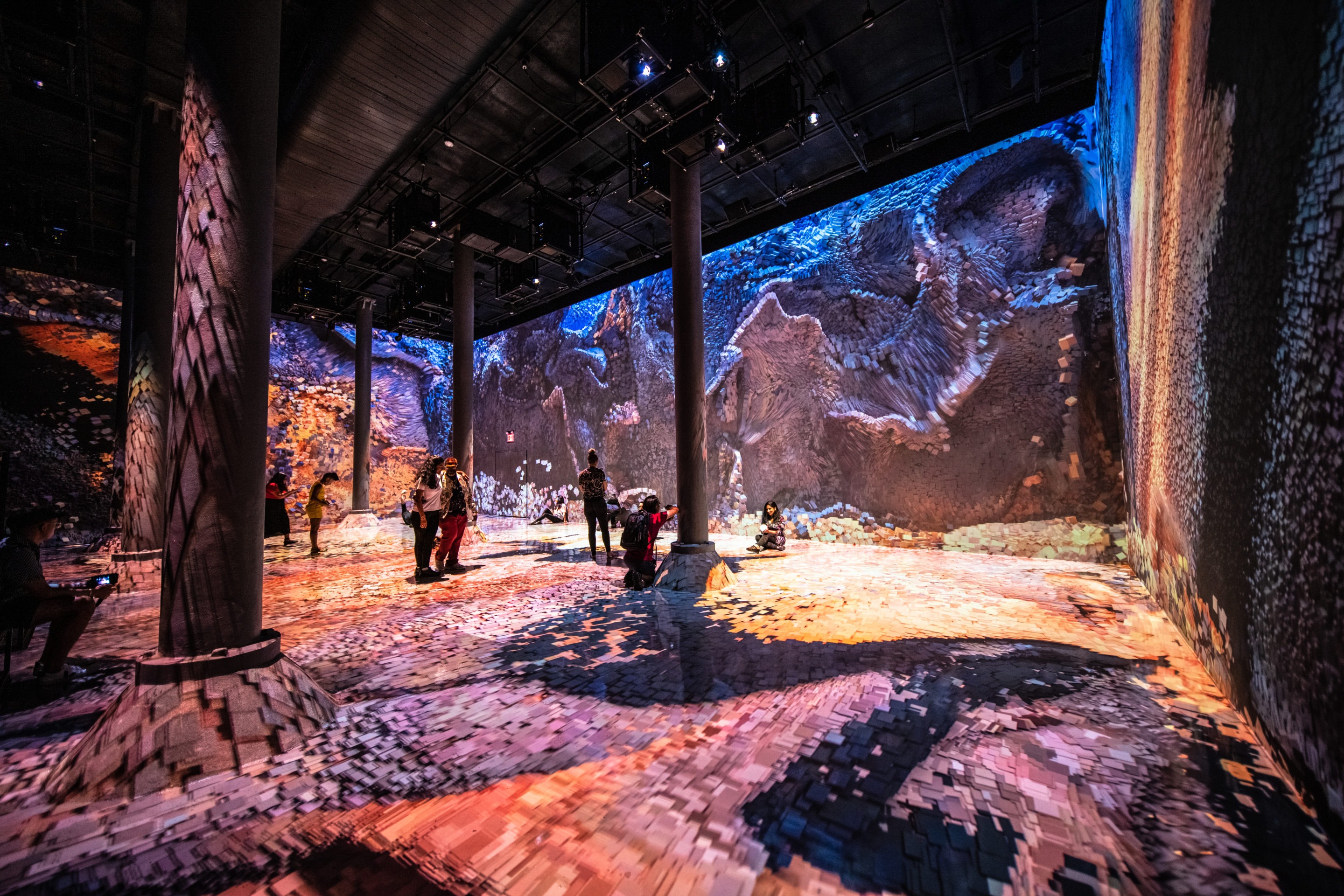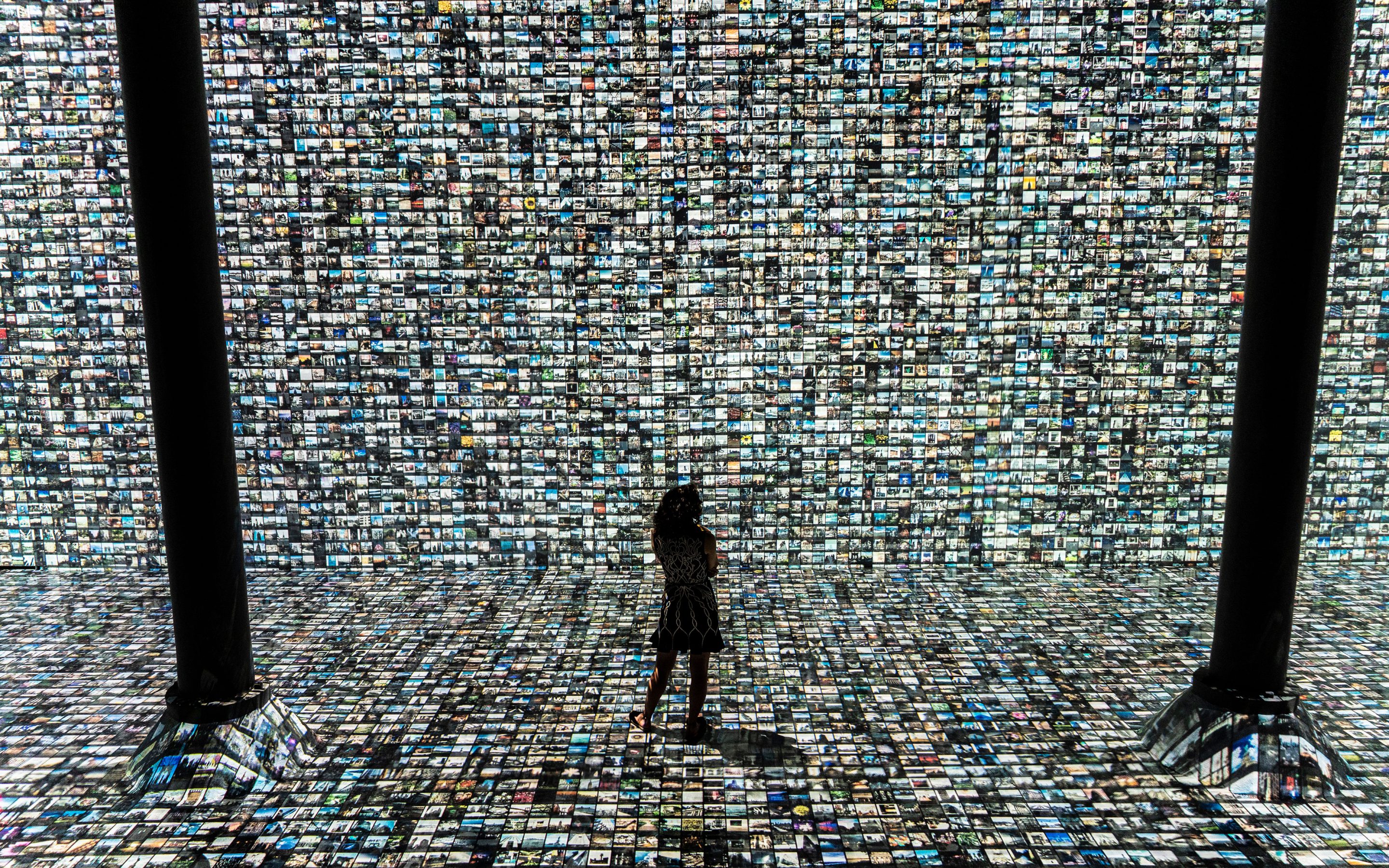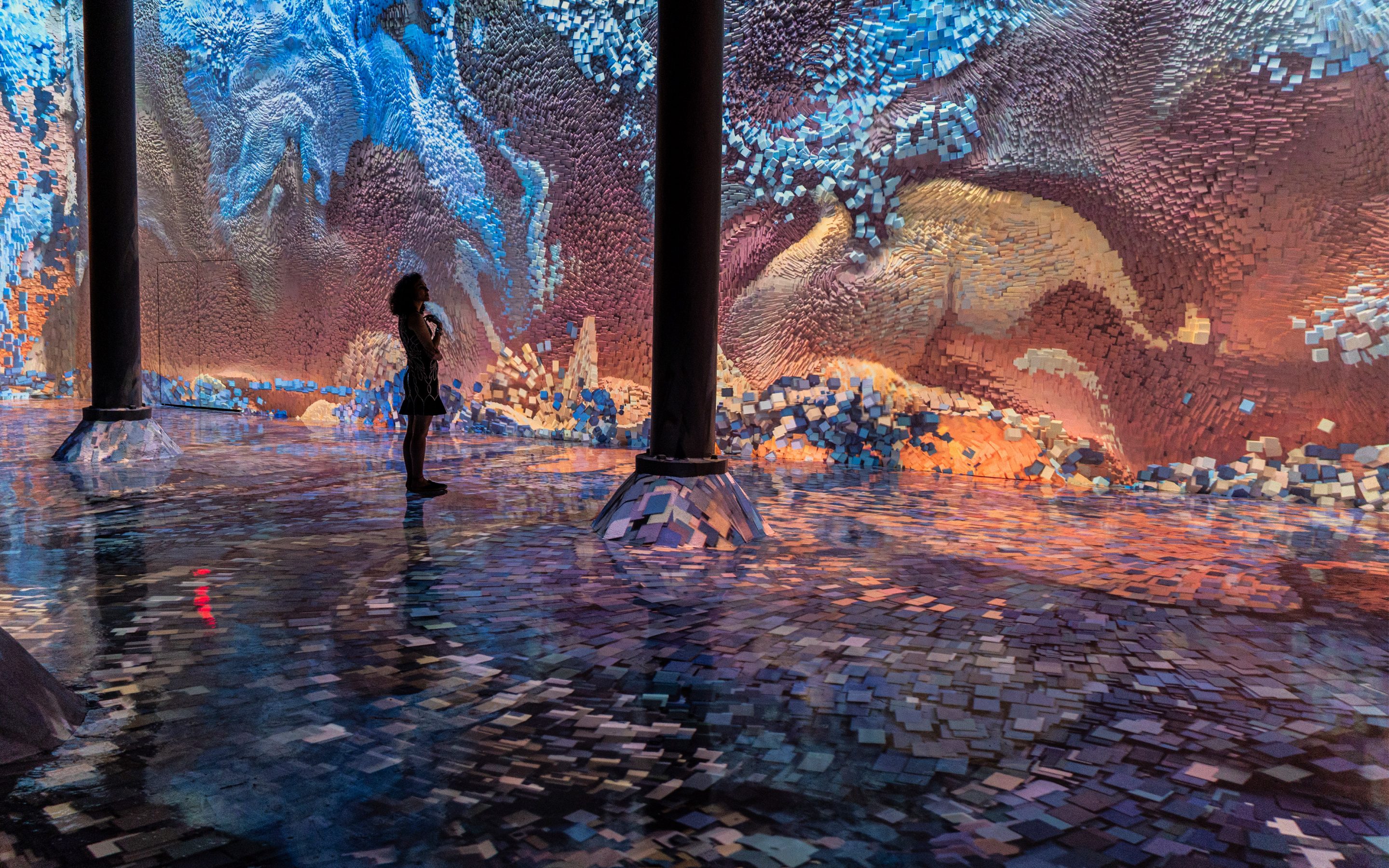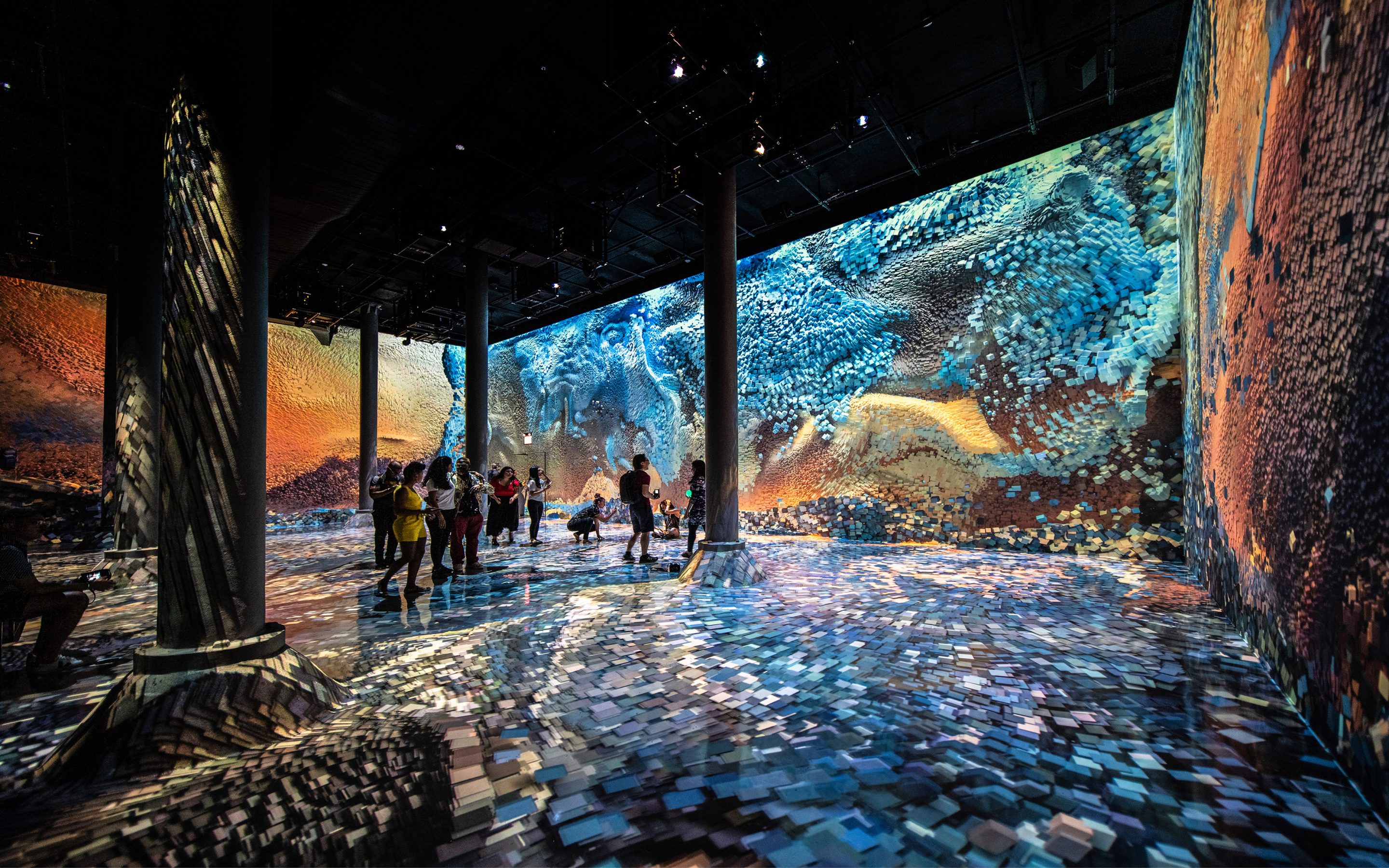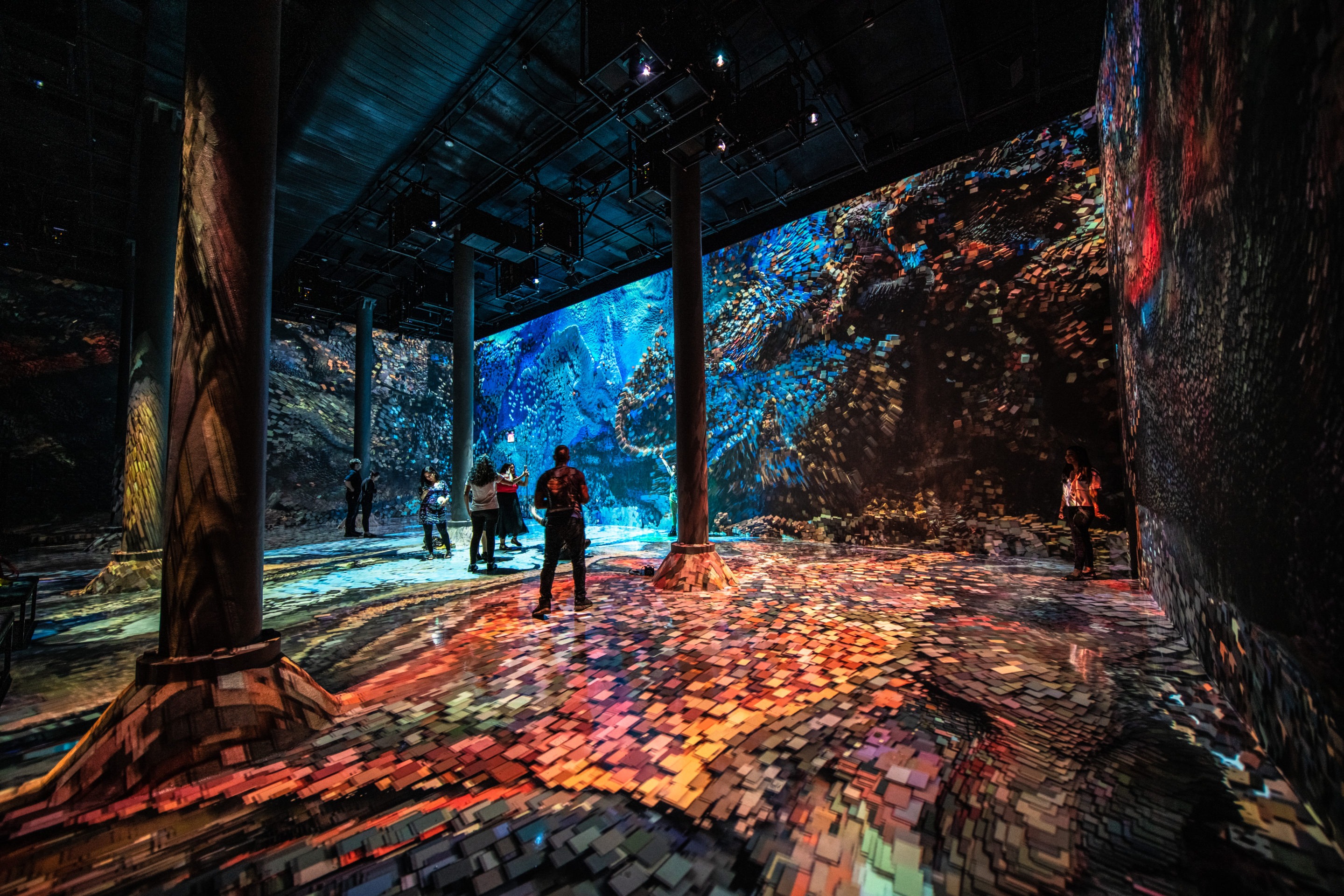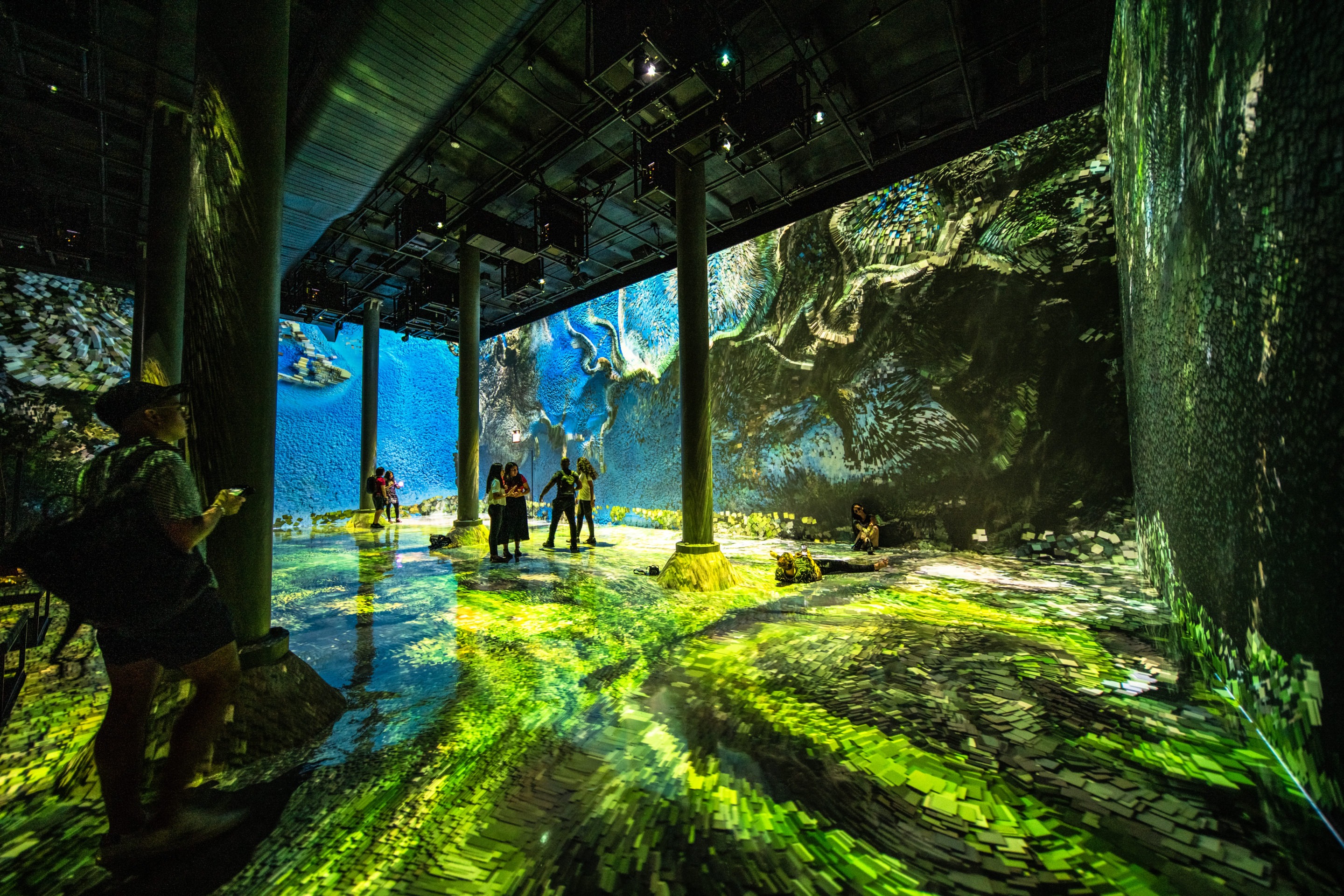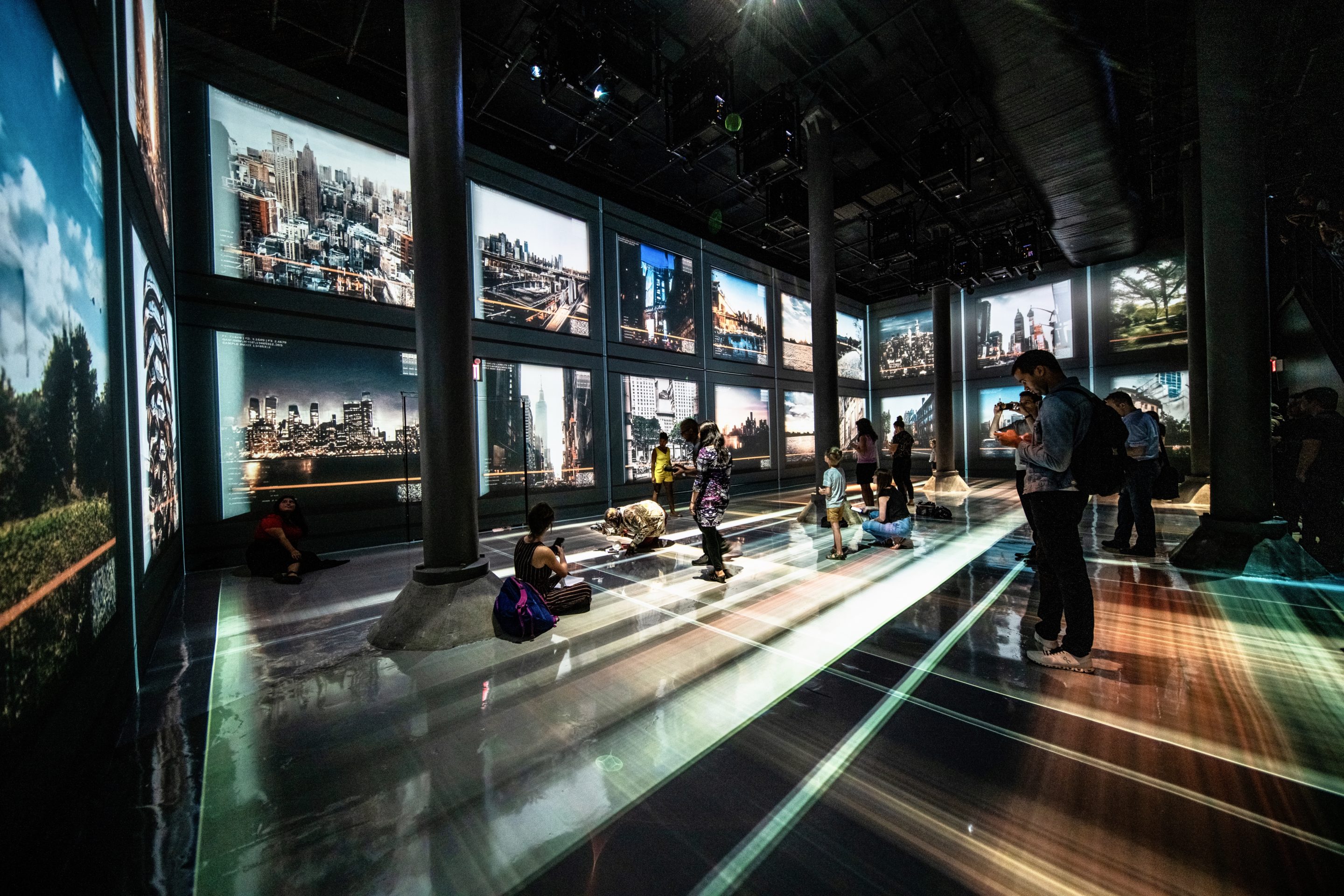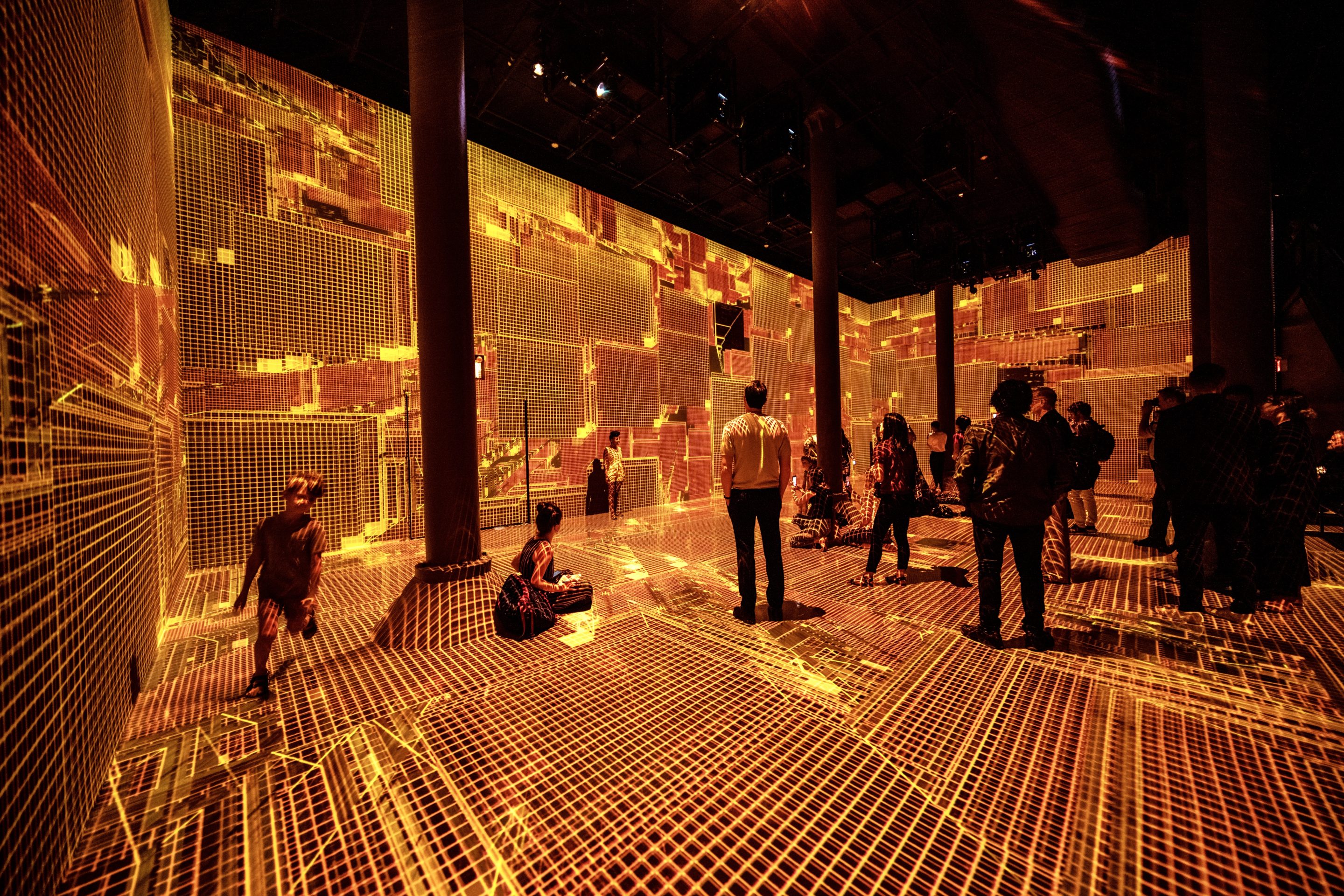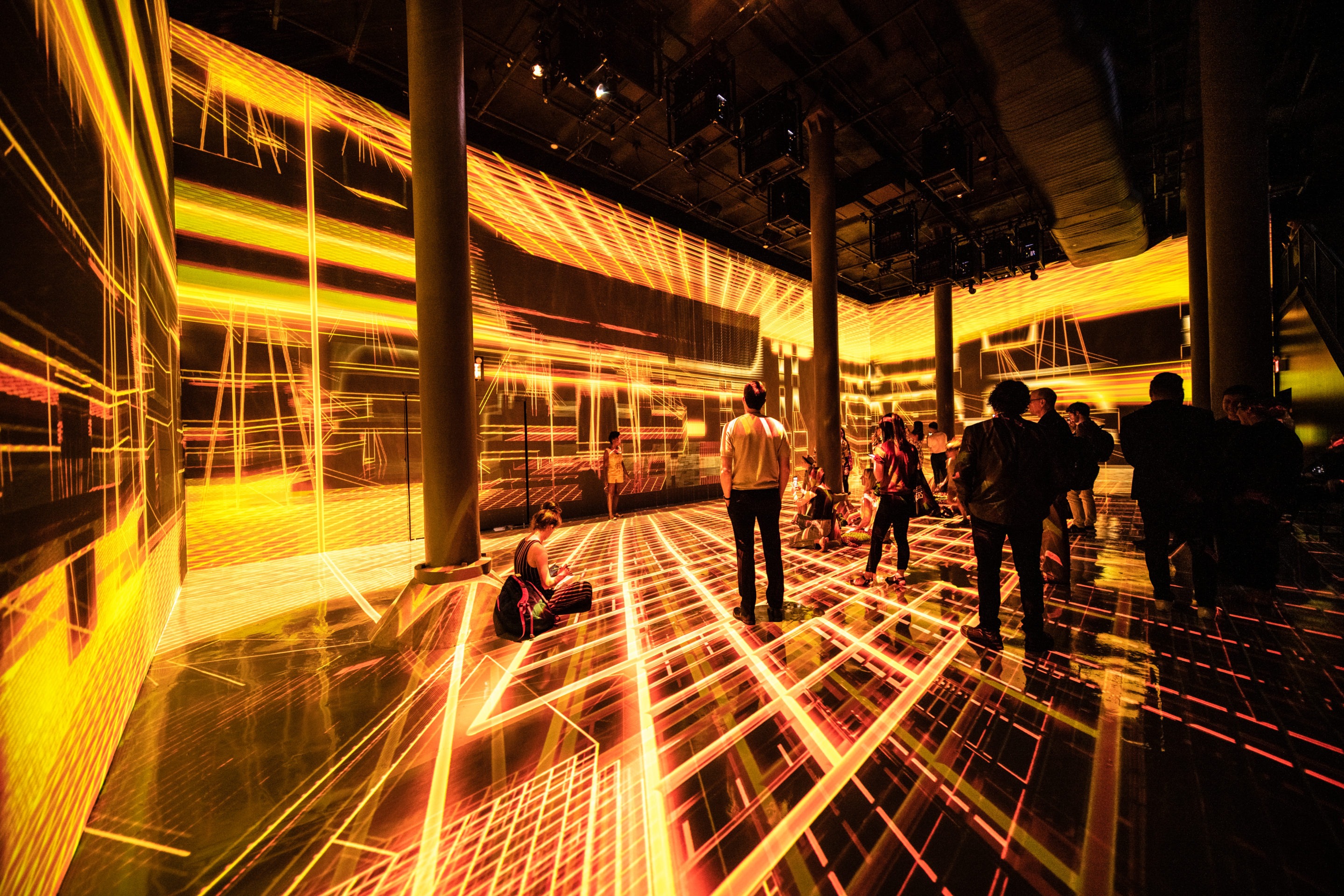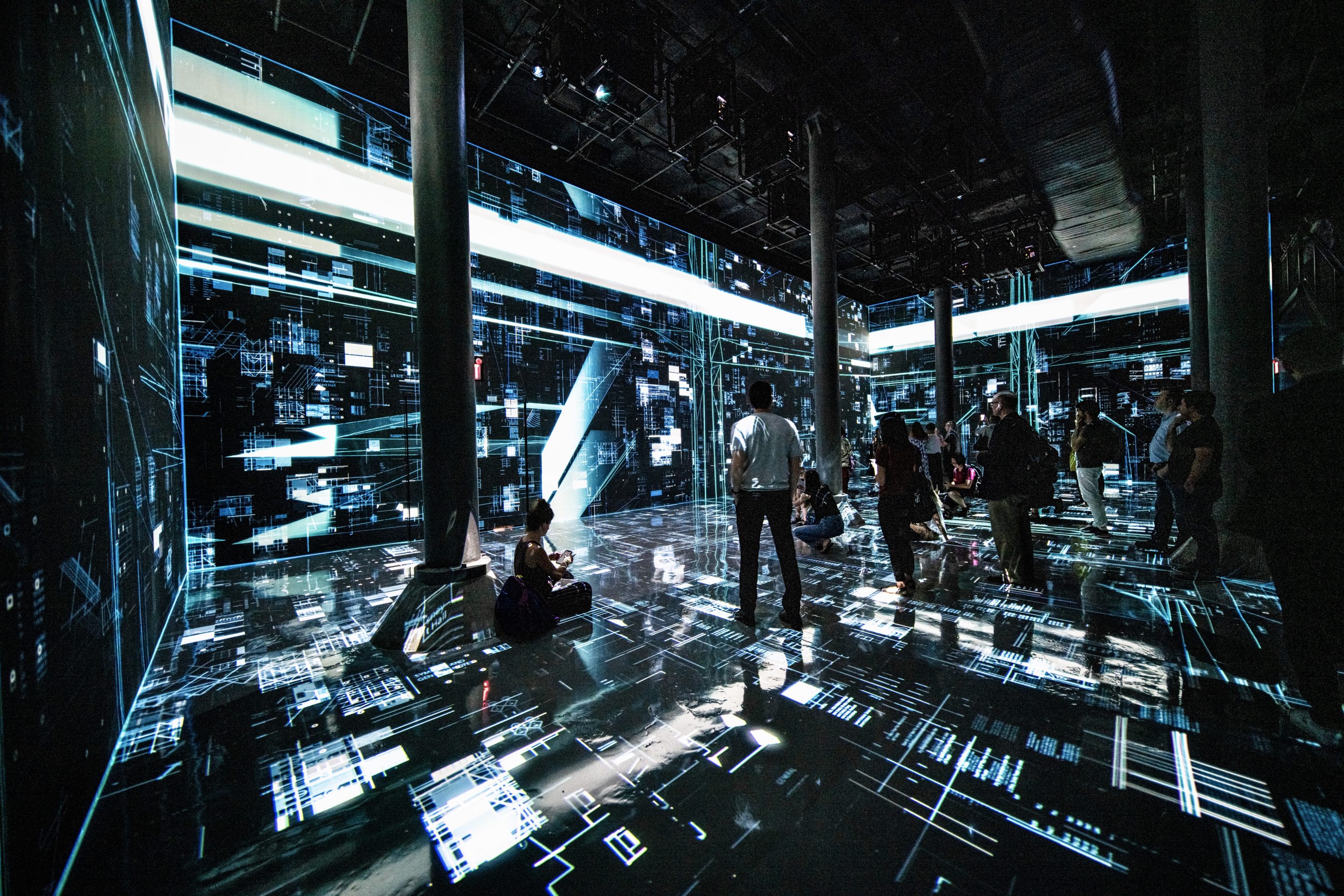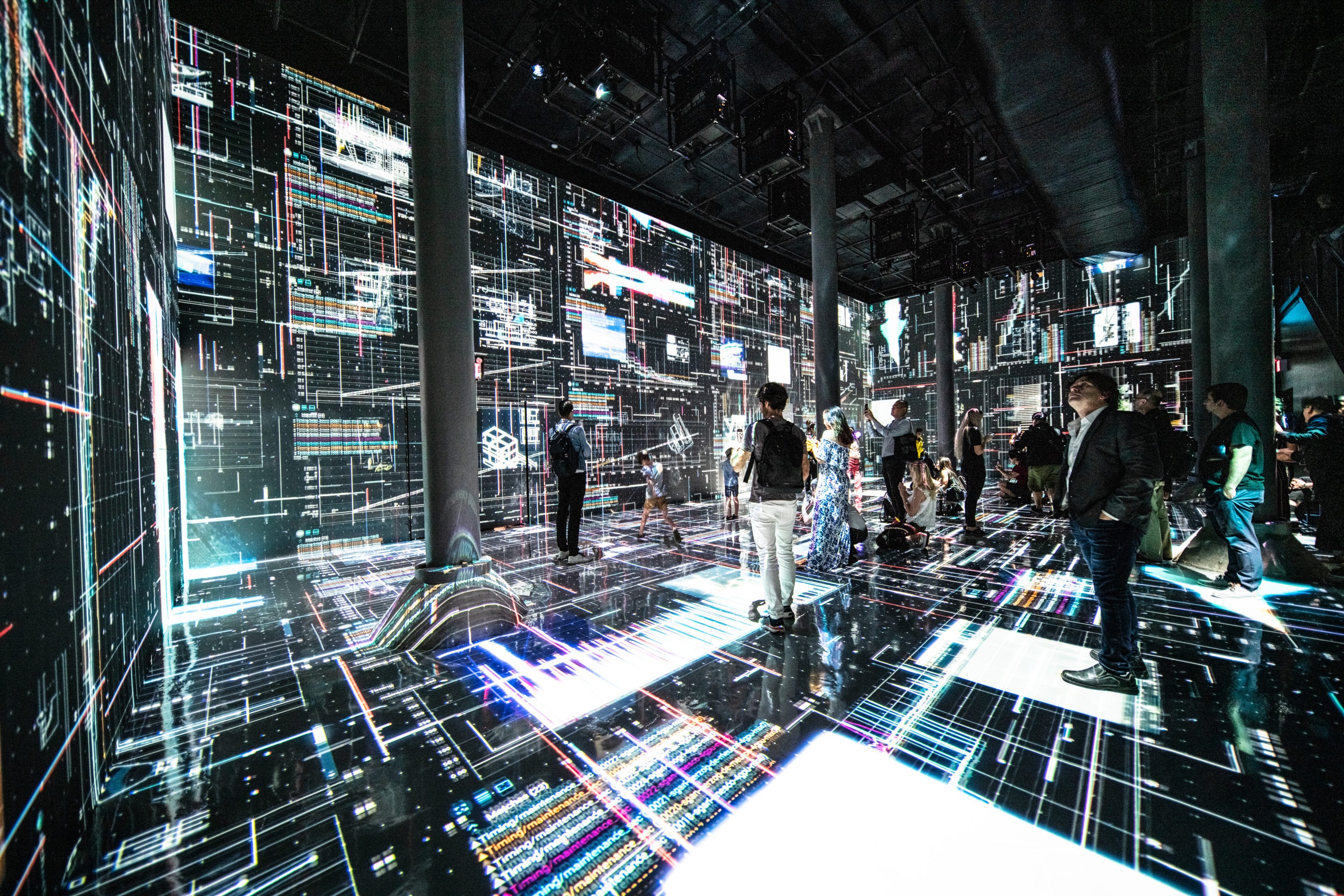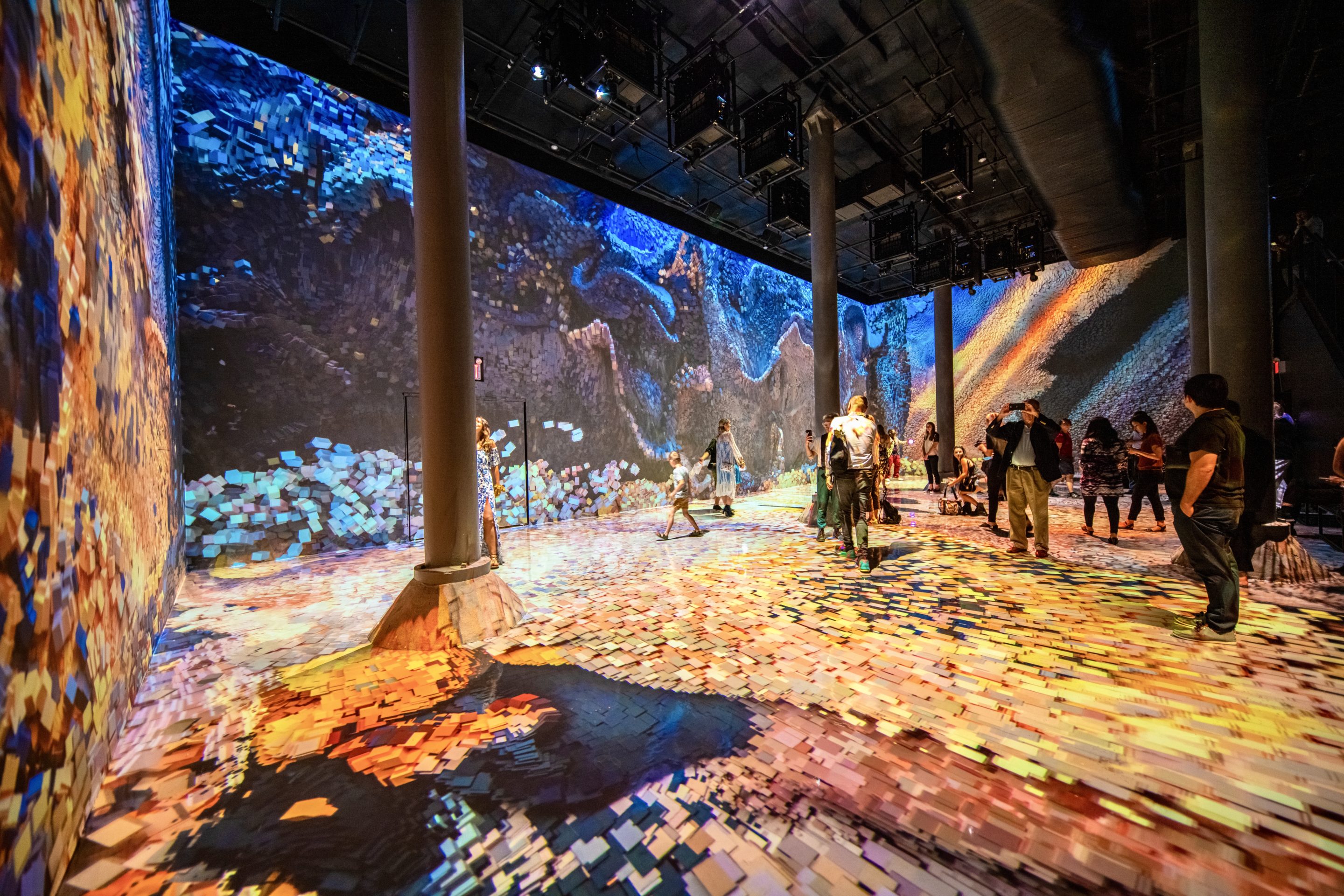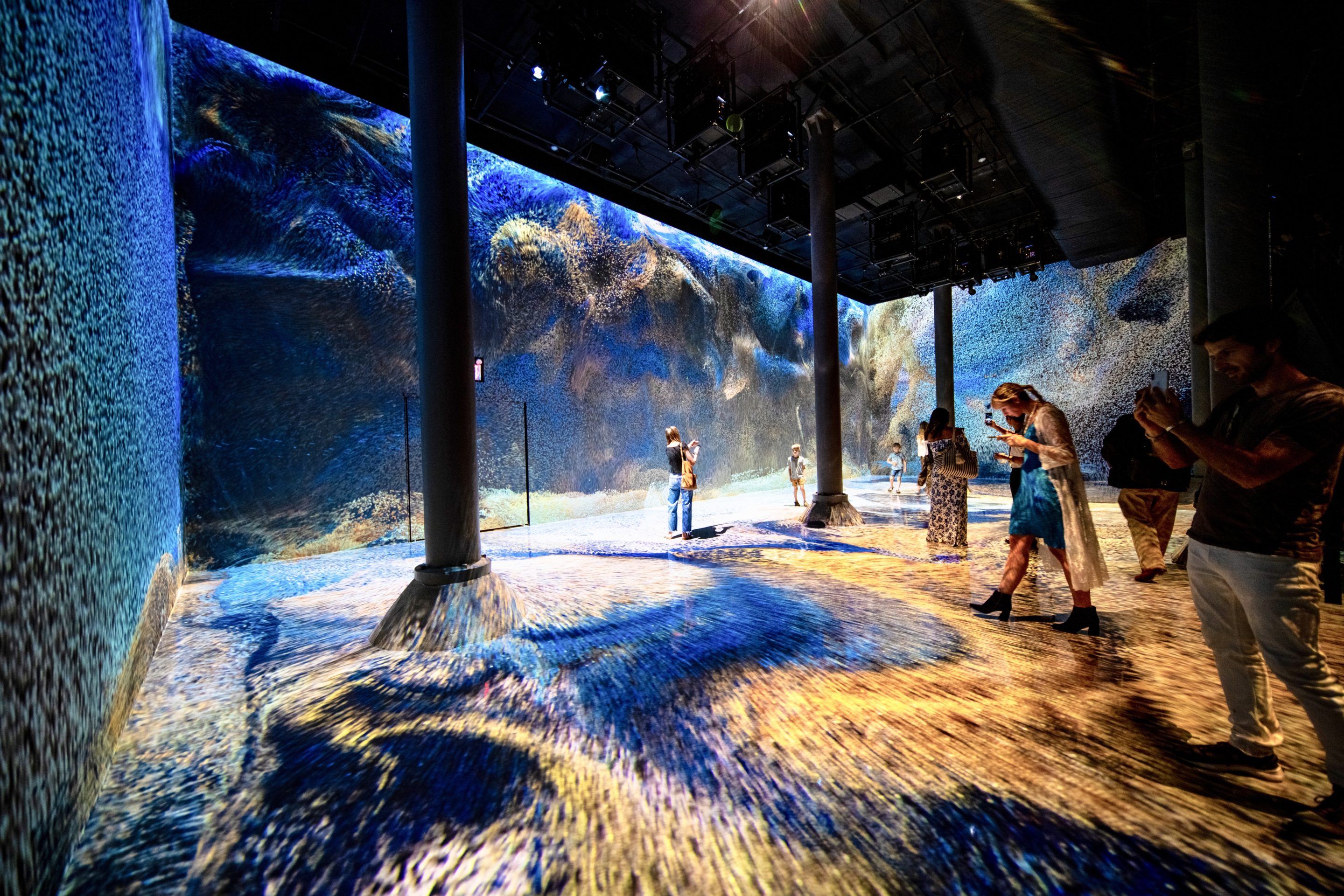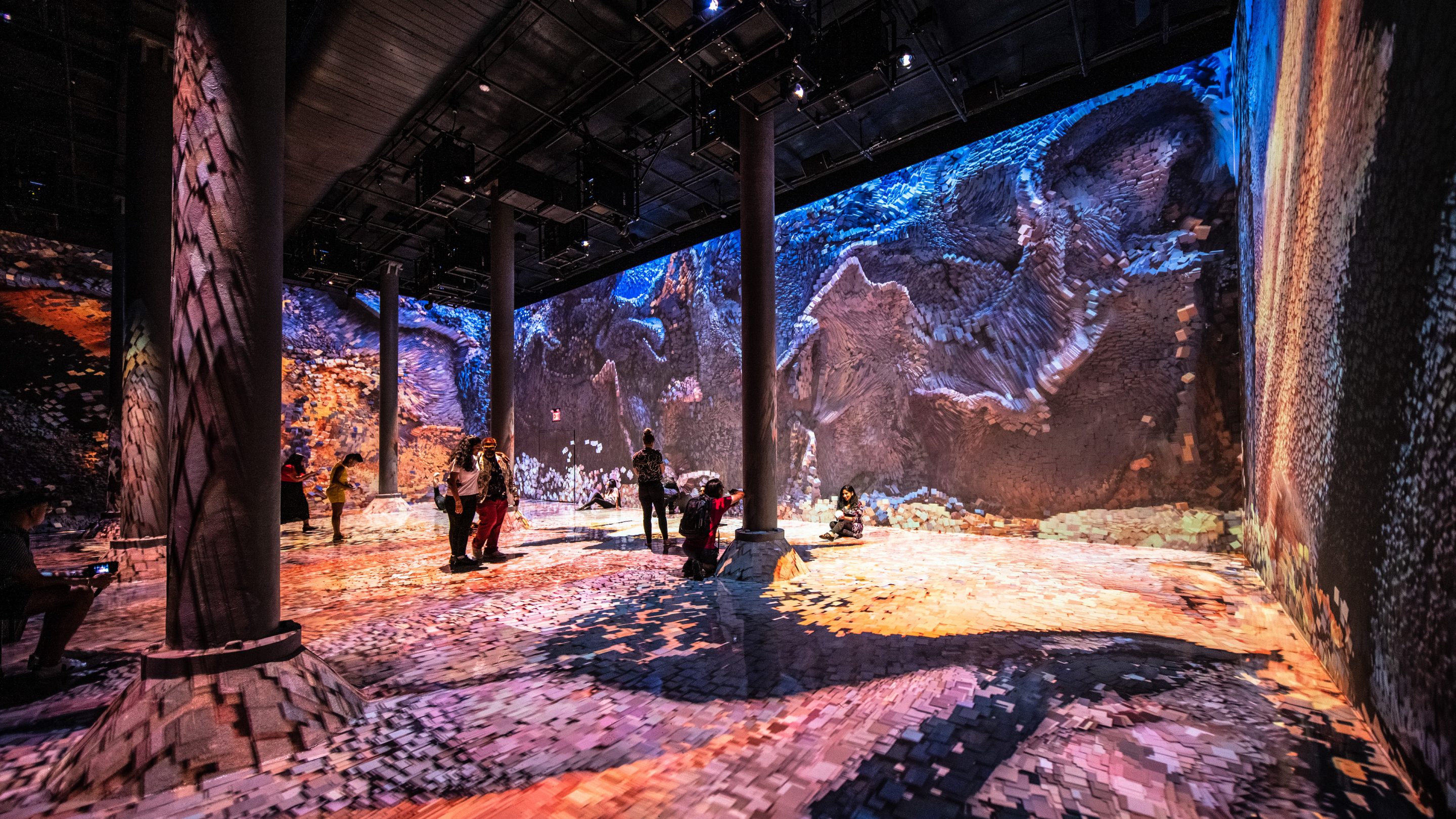
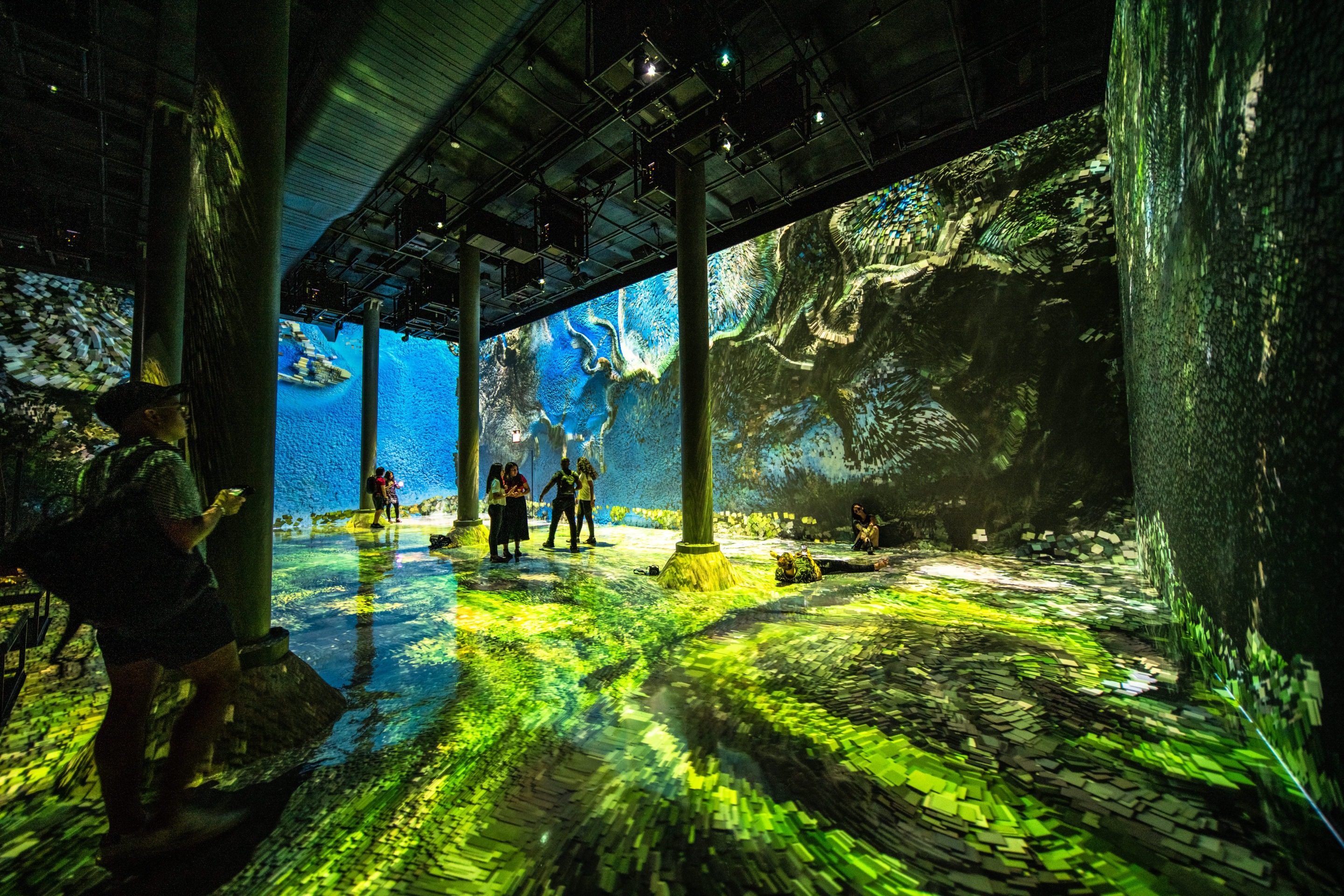
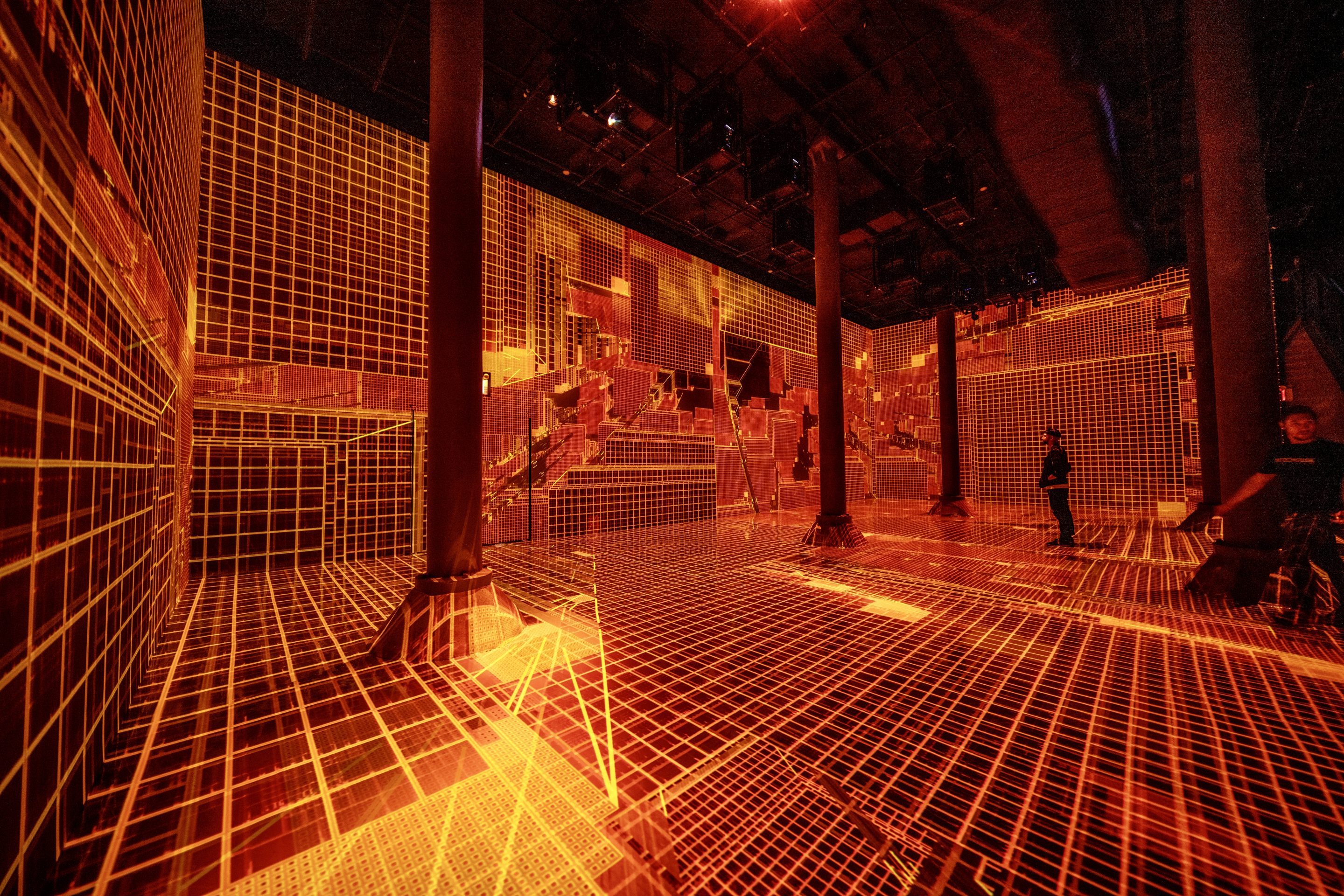

Refik Anadol
Nicholas Boss
Maurizio Braggiotti
Christian Burke
Efsun Erkilic
Carrie He
Toby Heineman
Ali Emre Karacali
Efe Mert Kaya
Pelin Kivrak
Danny Seungmin Lee
Ho Man Leung
Kyle McLean
Alex Morozov
Christina Moushoul
Raman K. Mustafa
Julia Thompson
HyeJi Yang
Kerim Karaoglu
Artechouse NYC
Sandro Kereselidze
Tati Pastukhova
Laura B. Cohen / LC Media
18 Channel Video
32 Channel Sound
Custom Software
13689 X 7418 px resolution
30 minutes

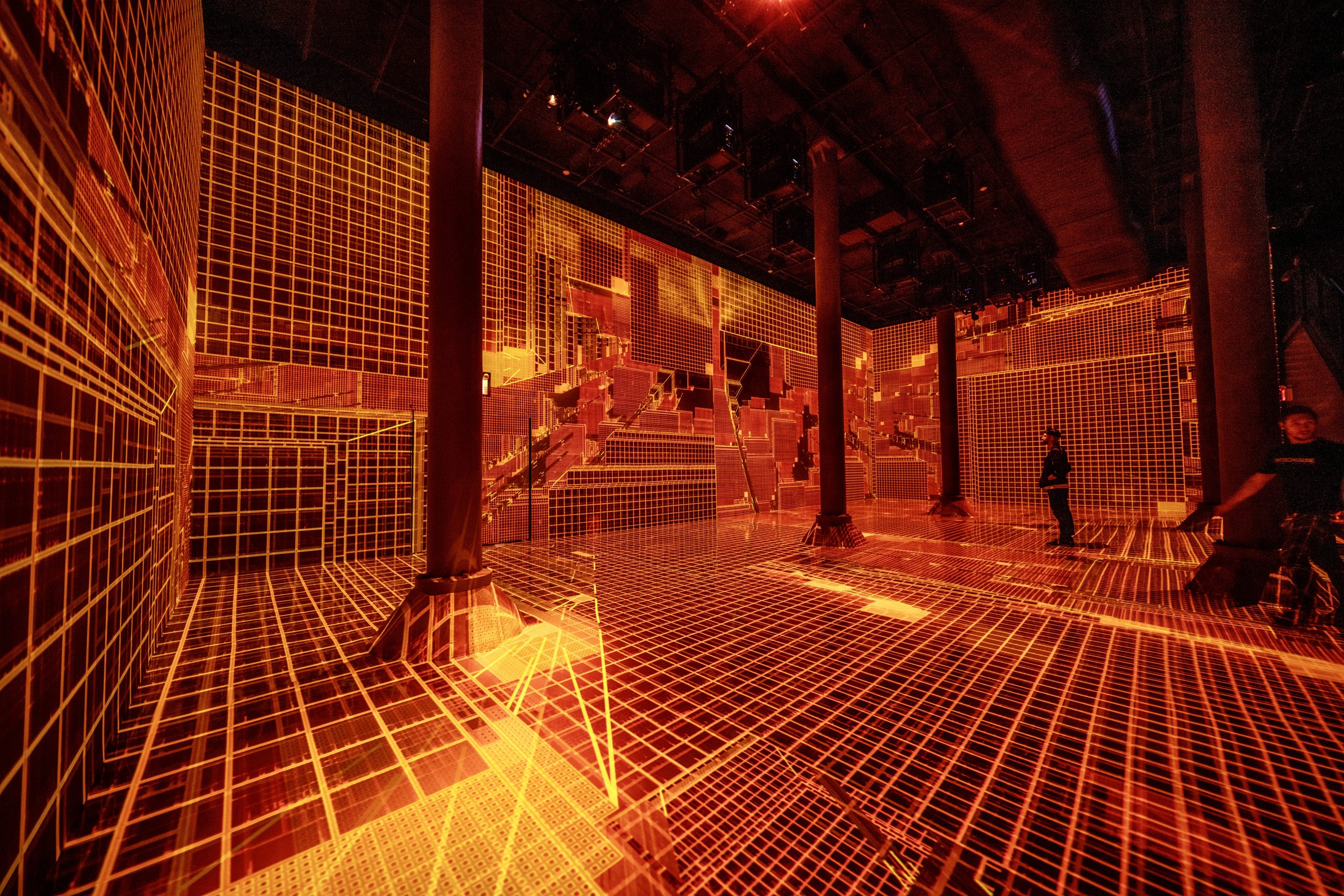
The question of why we collect, record, and share our quotidian experiences has always been entangled with the formal and aesthetic concerns about how to represent reality, totality, and the depth of human imagination. Nineteenth century poet and critic Stéphane Mallarmé famously said that everything in the world existed to end up in a book. Revisiting Mallarmé’s proposition in her 1977 collection of essays, On Photography, Susan Sonntag wrote, “Today everything exists to end in a photograph.” More recently, Jonathan Zittrain, the co-founder of Harvard’s Berkman Center for Internet and society, suggested that “internet architecture” lacked a definable center and instead relied on “an extraordinary collective hallucination.”
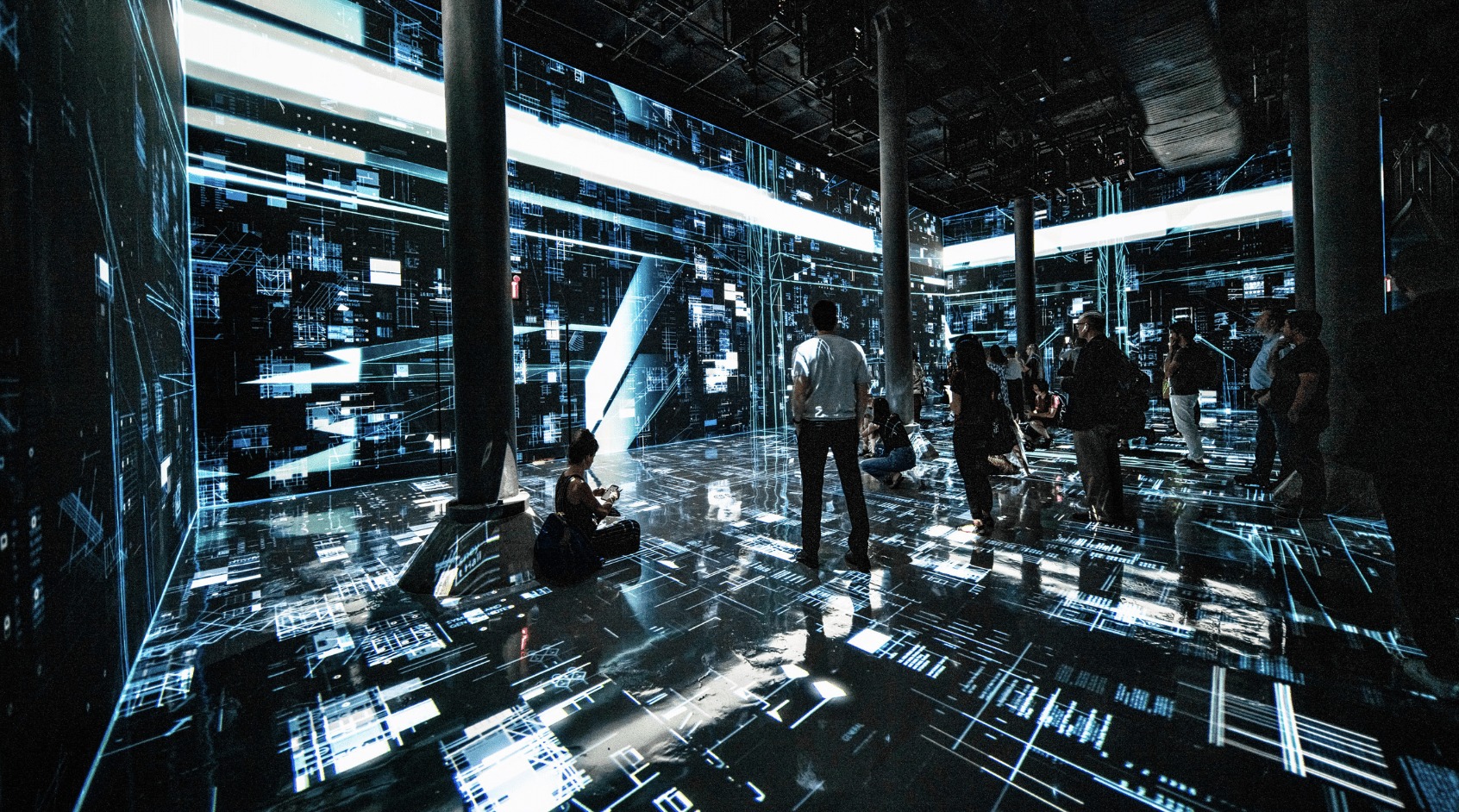
Refik Anadol Studio’s most recent synesthetic reality experiments deeply engage with these centuries-old questions and attempt at revealing new connections between visual narrative, archival instinct and collective consciousness. The project focuses on latent cinematic experiences derived from representations of urban memories as they are re-imagined by machine intelligence. For Artechouse’s New York location, Anadol presents a data universe of New York City in 1025 latent dimensions that he creates by deploying machine learning algorithms on over 100 million photographic memories of New York City found publicly in social networks. Machine Hallucination thus generates a novel form of synesthetic storytelling through its multilayered manipulation of a vast visual archive beyond the conventional limits of the camera and the existing cinematographic techniques.
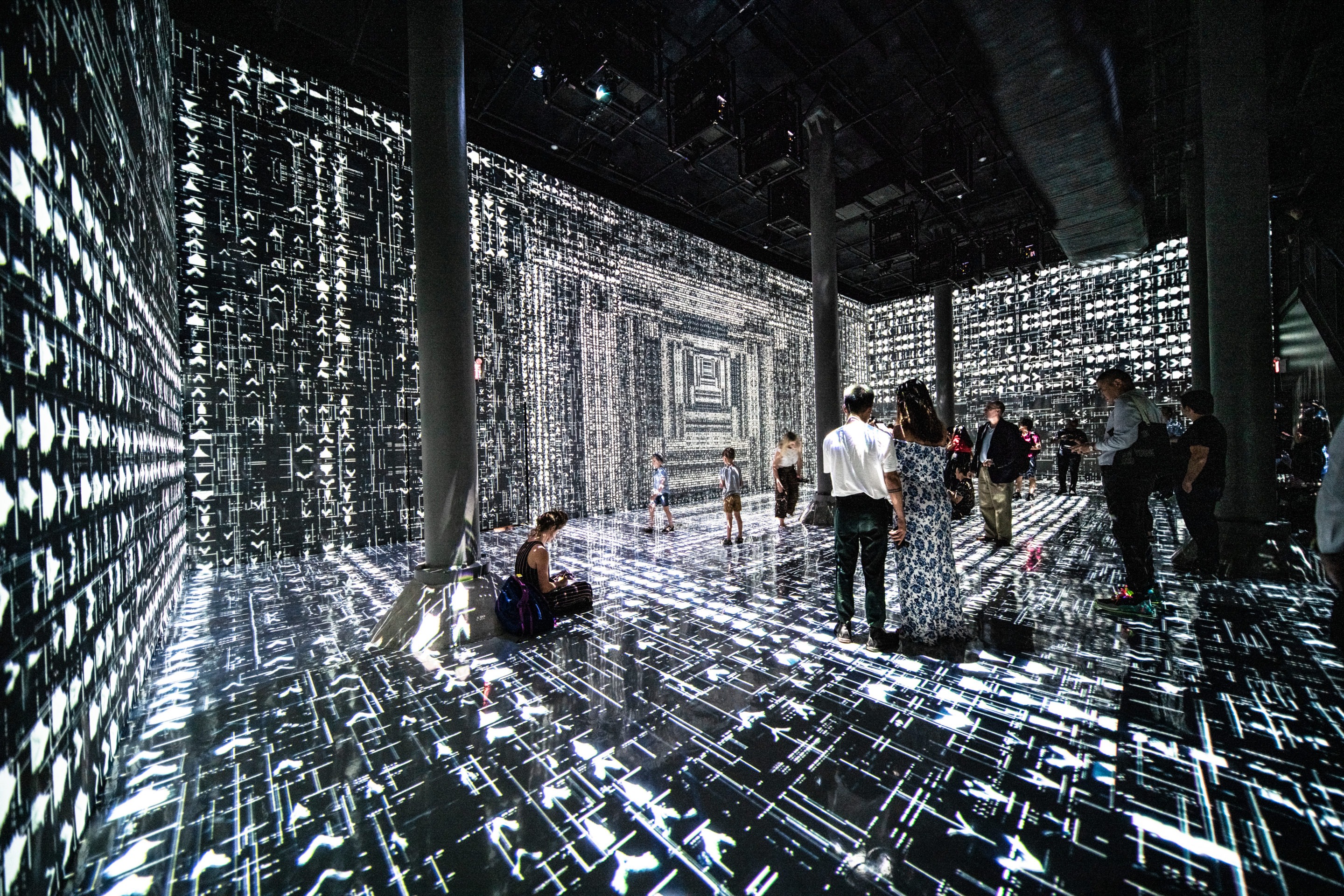
The resulting artwork is a 30-minute experimental cinema, presented in 16K resolution, that visualizes the story of New York through the city’s collective memories that constitute its deeply-hidden consciousness. The exhibition does not tell the story of today’s New York, but, instead, foresees what may come, through the machine intelligence’s bridging of the gap between the present and a vision of the near future. It is a hopeful vision about the evolving relationship between machine and man, and provides an alternative to the conventional narrative of an apocalyptic future. As both an entertaining and enthralling experience, the machine’s hallucination can expand our capacity to dream, and help us envision things that we otherwise could not see or imagine.
